Karachi Pakistan
Shoppers' Paradise
The Empress Market, for wives of government officials and foreign diplomats
On February 3, 1839, the HMS Wellesley bombarded the Fort of Manora. Karachi was enveloped in a cloud of smoke, and within four days, a surrender agreement was signed between the Talpur government and Sir Frederick Lewis Maitland, Commander-in-Chief of her Brittanic Majesty’s naval forces in the East Indies. Under the terms of the surrender document, the British were to control Manora and had a right to station troops on the Karachi mainland as well. The civil administration of the city, however, was to remain in Talpur hands.
The first British camp was set up in the plain between the old city and an ancient garden in its outskirts, known as Rambagh. This garden is now known as Arambagh, and houses an important mosque, while the camp area subsequently came to be known as the Serai Quarter.
“Shortly after the setting up of the military camp, Saddar Bazaar, known administratively as Saddar Quarter, was laid out to serve the British cantonment. The British forced the Mirs to exempt all goods sold in the bazaar from transit duty, so as to encourage traders to open shops in Saddar. Though the Talpur government had to give in to British pressure on the question of transit duty, it effectively discouraged the locals from setting up trade or commerce in Saddar. So it was only after the British annexation of Sind in 1843 that Saddar became a viable commercial area where European ladies could shop in a not too unfamiliar environment and purchase “the latest things from home, weather fashions, in dress, Easter eggs or Christmas Cards, the newest sources, the most novel condiments and the best of Wines.” However, it was not until the late 1920s that Saddar became a competitor to the old town’s well entrenched business interests.
As Karachi grew, Saddar became the centre of the city, and by the 1940s boasted cinemas, restaurants, bars, billiard-rooms and bookshops, in addition to markets, churches, community halls and libraries. Its architecture, built of Gizri stone, was human in scale, in the Gothic and Renaissance revival styles. The masons who worked on Saddar’s buildings were from neighbouring Rajasthan.”[i]
After Partition, Saddar continued to be the social and cultural centre of the new capital. The wives of government officials and foreign diplomats went shopping for their provisions at Empress Market, and the Saddar tea houses and bookshops were the haunts of students, intellectuals and politicians. Today, Saddar houses in abundance a wide variety of consumer electronics, items of clothing, jewelry, and antiques. It is the busiest place in Karachi, always brimming with activity, and one that caters to the needs of people from all over the city. Say you need your watch repaired; the strap or bracelet is damaged, or you’d like to get the battery and seals replaced, perhaps. Take to Zaibunnisa Street and you’ll find an array of shops and kiosks set up for this very purpose. Within an hour, and for as low as Rs. 100, you will walk out with your timepiece serviced to perfection. The street is famous for having numerous branded watch, clock and jewelry shops, as well as shoe stores by the likes of General Boot House and Sputnik Footwear.
The Abdullah Haroon Road deserves an honorary mention whenever Saddar is the topic of discussion. It is bustling with shoppers interested in all types of consumer electronics, ranging from juicers and blenders to ACs and fridges. Pakistan’s largest mobile market is situated on this very road, offering an endless variety of mobile and corded phones. Also located here is the Cooperative Market, famous for hosting hundreds of stitched and unstitched gents’ clothes shops. Much to the convenience of shoppers, the market also has renowned tailor shops, some of which boast having stitched suits and jackets for Quaid-e-Azam, Sardar Abdur Rab Nishtar, and a more recent client by the name of General Pervez Musharraf!
The Regal Chowk is another attraction for those looking to buy electronics. Regal Trade Centre was named after Regal Cinema, and has now been converted into a shopping centre, which is the place to be if you’re looking to buy camera equipment, sound systems, and loudspeakers used primarily in mosques, and for marches and parades. The area is also home to photography studios and is constantly buzzing with the chatter of families getting group photos to mark important events, and students and job candidates getting passport size photos for their various applications.
An account of Saddar is obviously incomplete without the mention of Zainab Market. It’s the place with the busiest traffic, the loudest car horns, and the most excited shoppers bustling in and out of shops, giddy with their purchases. There is chatter, laughter, and lots of bargaining. Pedestrians will find betel leaf stains smeared in alleys and pathways, fruit vendors with their stalls set at the very edge of the footpath, and clothes in dashing colors swinging from the shops’ ceilings. It truly is a sight to behold. Zainab Market is a one-stop solution to all your clothing needs, as it has something for everyone. There are branded shoes, shirts and jackets, as well as master copies of the same items available at much more affordable prices. The diversity of items on sale is such that you will find shops for sportswear alongside those for brides and grooms on the same street.


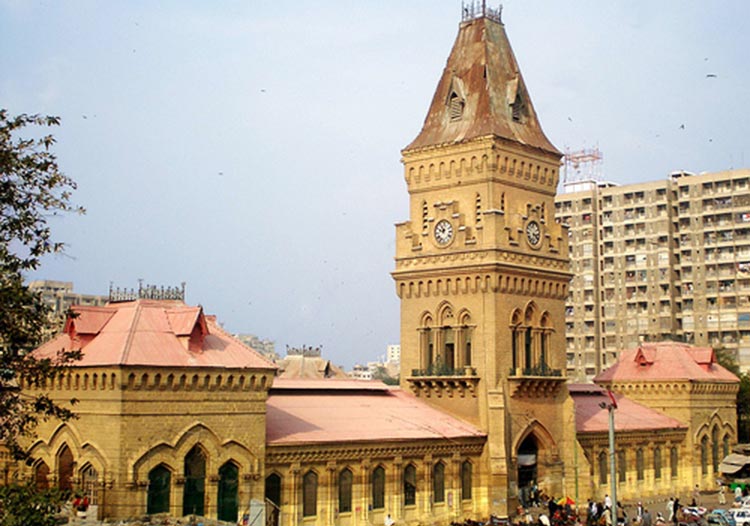
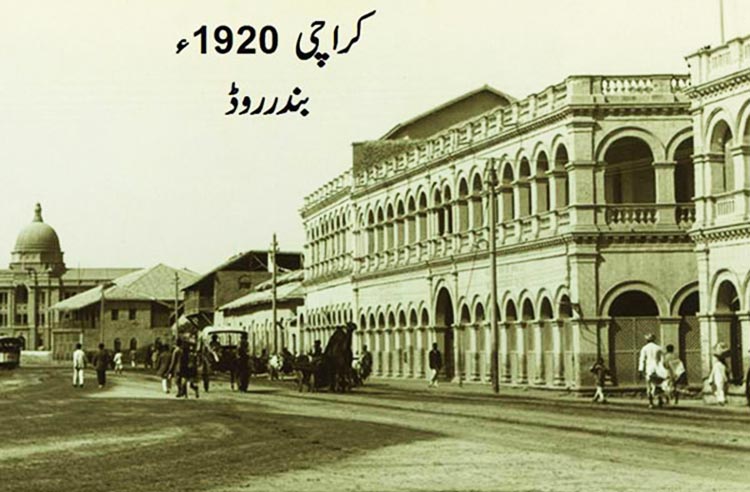
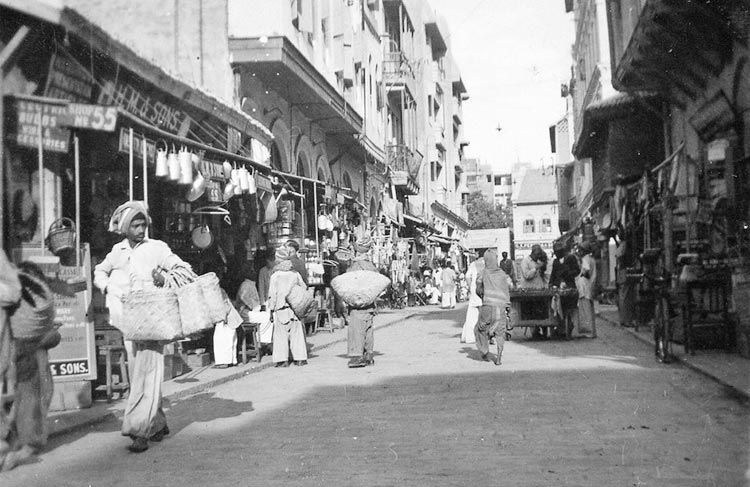
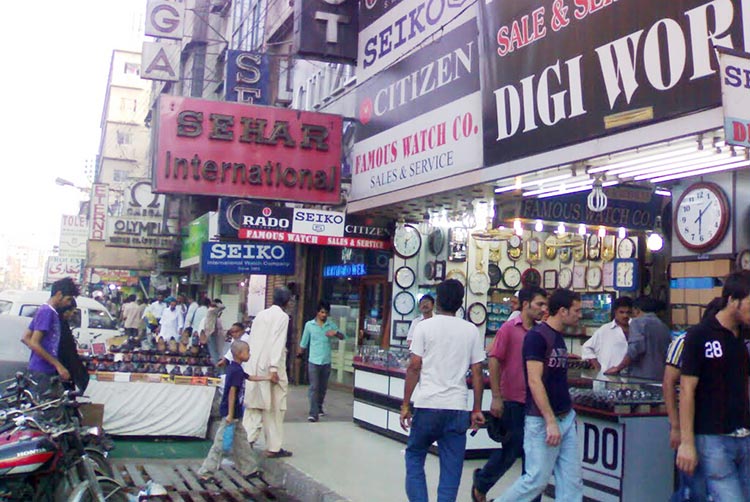
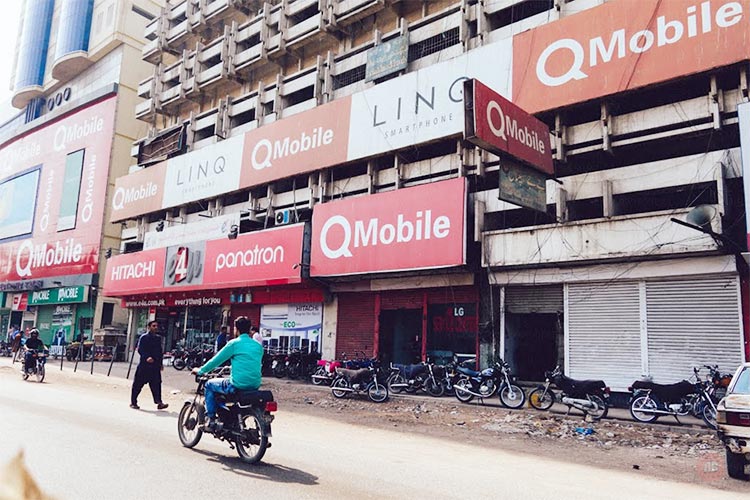






0 comments: